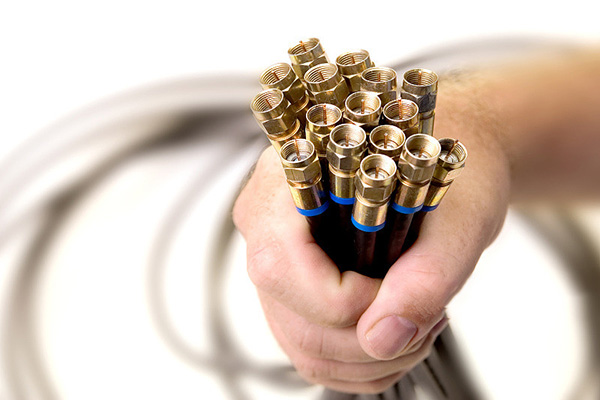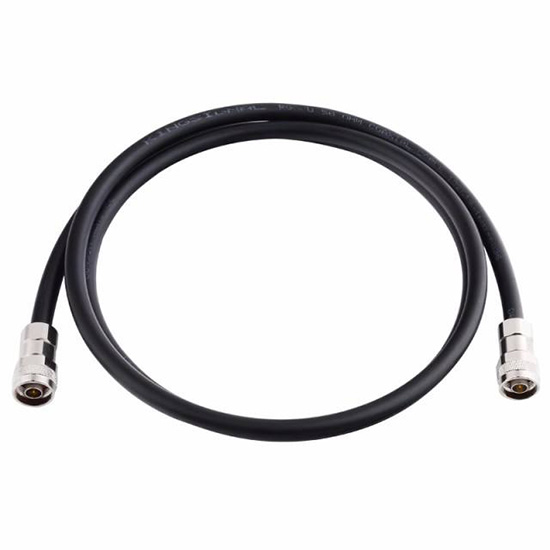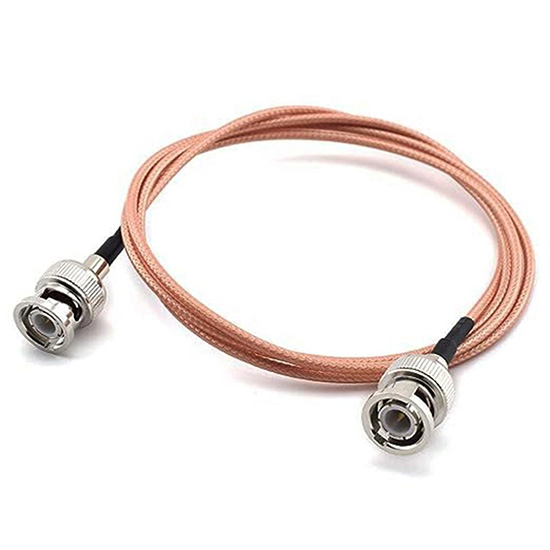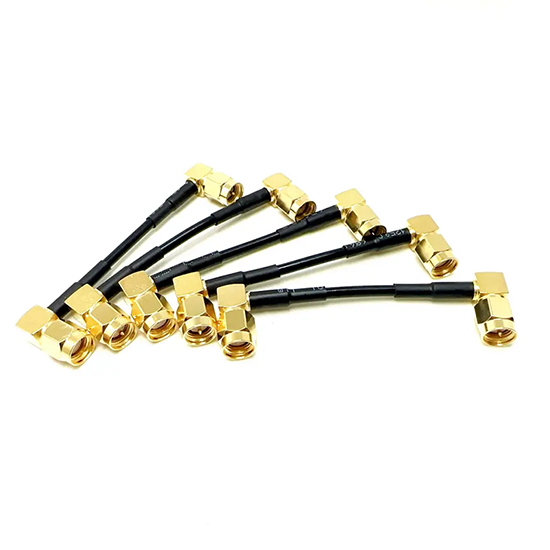
Introduction
RFcable is a commonly used cable for transmitting signals and consists of an inner conductor, insulation, outer conductor and outer sheath. It is designed so that the inner and outer conductors are arranged coaxially on an axis.

RF Cable Manufacturing Process
The manufacturing process of RF cables involves multiple steps, including: Wire Core Material Selection: Choosing metals with superior high-frequency conductivity, such as copper or aluminum. Insulation Material Selection: Using low-loss insulation materials like polytetrafluoroethylene (PTFE) or polyethylene (PE). Shielding Design: Incorporating electromagnetic shielding layers to prevent external electromagnetic interference. Outer Sheath Material Selection: Selecting materials resistant to high temperatures and corrosion to ensure cable stability in various environments. Bundling and Braiding: Utilizing conductive fabric or polymer braiding for additional shielding. Cutting and Assembly: Precise cutting and assembly to ensure accurate matching of each component, preventing signal leakage and distortion. Testing: Conducting frequency response tests to ensure good performance within the designed frequency range.

RF Cable Structure and Introduction to Connector Structure
The structure of an RF cable typically includes a wire core, insulation layer, shielding layer, and outer sheath. Connector selection depends on the type and purpose of the RF cable. Common connector structures include: ①BNC Connector: Universally applicable, suitable for low to medium-frequency ranges. ②SMA Connector: Suited for high-frequency ranges, commonly found in RF applications. ③N-Type Connector: Superior high-frequency performance, suitable for higher frequency ranges. ④F-Type Connector: Mainly used in applications like television, satellite, and cable TV.

Guidelines for Choosing Cables and Connectors
Cable Selection Guidelines: Consider Frequency Range: Choose a cable suitable for the desired frequency range. Loss Requirements: For low-loss requirements, select cables with low-loss insulation materials. Environmental Conditions: Consider the environmental conditions the cable will be exposed to and choose outer sheath materials accordingly. Connector Selection Guidelines: Determine Connection Type: Choose connector types compatible with the equipment or system, such as BNC, SMA, N-Type, etc. Frequency Match: Ensure the connector's frequency range aligns with system requirements. Physical Space: Consider the physical space limitations of the equipment and select connectors of appropriate shape and size.
RF Cable Applications
broadcast transmission
Used for transmitting television and radio signals from an antenna to a television set, radio or other receiving device.
communications network
For transmitting high-speed data and broadband signals for cable TV, broadband Internet access, LAN and WAN applications
telecommunication system
Used to connect transmission lines between telephone relay stations, mobile communication base stations and communication equipment.
Monitoring and security systems
Used to connect cameras and surveillance equipment to transmit video signals and power.
Radar and aerospace
Used to transmit radar signals, navigation signals and communication signals to support the normal operation of aircraft, satellites and spacecraft.
Medical equipment
Used to connect medical imaging equipment to transmit images and data.

case
French clients, as communication equipment manufacturers, have extremely high demands for the performance and quality of RF cables. In the initial communication with RY Company, the client provided a detailed overview of their project’s technical specifications and specific requirements. This included details such as frequency range, transmission distance, and shielding performance. The client expressed the expectation of receiving a highly customized solution to meet the specific requirements of their application scenarios. Contact us now to receive a professional quote.





